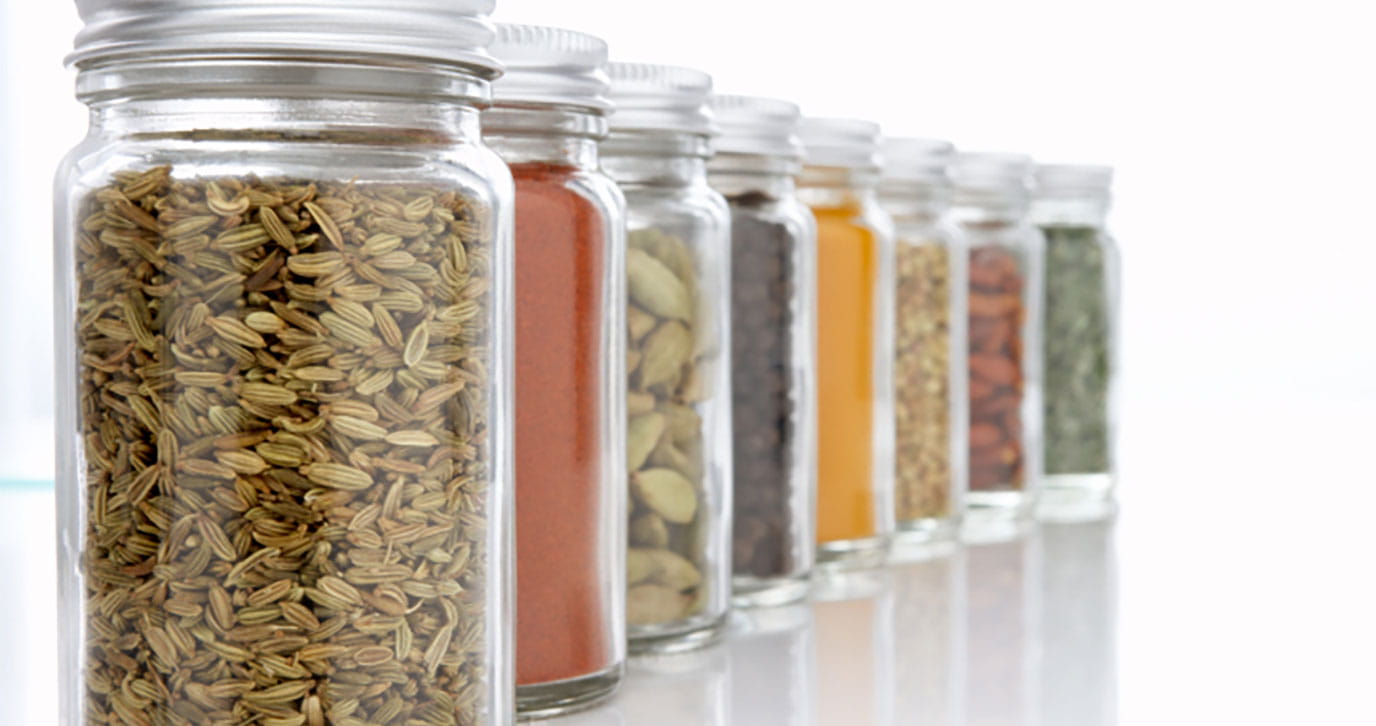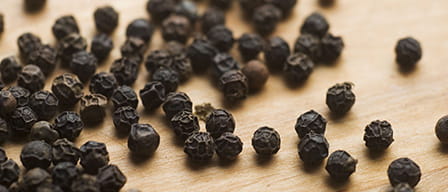
Anise


Cardamom, popularly known as the ‘‘queen of spices’’ is the second most important spice crop in the world, next to black pepper (Piper nigrum), which is known as the ‘‘king of spices’’. Cardamom is referred to as the ‘‘queen of spices’’ because cardamom has a very pleasant aroma and taste and has been a highly valued spice for millenia. Also, because of the labor-intensive harvesting of the cardamom capsules, it ranks alongside vanilla and saffron as one of the costliest spices. The botanical name of cardamom, Elettaria cardamomum (L.) Maton, originated from the Tamil word “Elettari” which refers to the seeds of cardamom. Seeds from the plant Elettaria cardamomum (family Zingiberaceae) are the source of genuine or true cardamom, also known as green or small cardamom. This spice is distinguished from another plant in the ginger family that has similar-tasting seeds, large cardamom (from the plant Amomum sublatum), also called false or black cardamom. In Hindi, cardamom it is known as elaichi, yelakkai in Tamil and ellakkaya/elathari in Malayalam. The Spanish call it cardamomo, the French cardamome, the German kardamom, the Arabic hal and the Chinese call it pai-tou-k’ou (1,2).
Cardamom is an herbaceous, perennial plant that can grow well over 6 ft tall. Flowers of most cardamom types and varieties are greenish white with a streak of pink. The fruit is a capsule that is basically three sided with rounded edges, although the shape and size vary depending on the variety. The capsules, containing 15 to 20 dark, reddish brown to brownish black, hard, angular seeds, are picked or clipped from the stems just before maturity, cleansed, and dried in the sun or in a heated curing chamber. The essential oil prepared from the seeds contains the chemicals 1,8-cineole, α-terpineol and α-terpinyl acetate as main flavor constituents.
Cardamom is cultivated commercially on plantations in the south of India, Sri Lanka, Central America and Southeast Asia. Presently cardamom production is primarily concentrated in India and Guatemala.

Spices were the symbols of royalty and luxury and cardamom was used in the manufacture of perfumes during the Greek and Roman times. As such the king of ancient Babylon, Merodach‐Baladan II (721–702 BC) grew cardamom among other herbs in his garden. Cardamom capsules were used to improve health since the 4th century BC. In fact, large quantities were imported from India by both the Greeks and Romans because cardamom was in such demand to aid digestion. Not only ancient Greek and Roman doctors but also Indian Ayurveda doctors looked to cardamom for treating quite a variety of health problems such as bronchitis, asthma and constipation, cold, cough, teeth and gum infections, urinary and kidney disorders, congestion of lungs, pulmonary tuberculosis, cataracts, nausea, diarrhea and cardiac disorders, dysentery, influenza, and impotence. It also was thought to have aphrodisiac potential. In ancient Hindu culture, cardamom was part of a mixture added to sacrificial fires which were common rituals particularly for solemnizing a Hindu marriage. Furthermore, in Ayurveda medicine cardamom was widely used to treat food poisoning as well as an antidote for snake and scorpion venom. In Tibetan and Chinese traditional medicines, cardamom capsules also were applied to treat obesity, and liver and heart diseases. During the 16th century the great German botanist Jakob Tabernaemontanus suggested that bruises be treated with a mixture of cardamom and honey (1,2,3).
The small hard seeds of cardamom have a triangular pod that is covered by a thin papery black shell. When cardamom seeds are powdered a grayish‐colored powder with darker brown specks is obtained, which is gritty in texture.

Cardamom has a complex aroma that is described as sweet, peppery, piney, citrusy, warm, minty, pungent, and floral. Apparently, the terpene chemicals α-terpinyl acetate and α-terpineol are important contributors to the sweet, warm aroma, whereas 1,8-cineole imparts a harsher, musky, woody impression.
Small or green cardamom is used to flavor diverse vegetable and meat dishes in India where cardamom-flavored biscuits, drinks, milk, and cheese are marketed. Cardamom can enhance both sweet and savory dishes and, depending on the recipe, can be added as pods or seeds, whole or as seed powder. In general, whole pods are widely used in meat and rice dishes in India. The Indian rice dish biryani, for example, is prepared with 4 whole pods. It is an ingredient in curries and is a constituent of the herbal seasoning mixture garam masala, a common spice in Indian cooking. In the Middle East, its powder is generously added during brewing of gahwa or Arabic coffee and can be added to teas. In strong coffee cardamom capsules reduce the caffeine constituent and are believed to relieve headaches and stress. Similarly, in southern India, for the popular elakkai tea crushed cardamom capsules are boiled with tea and water to impart a pleasantly aromatic beverage, which is used to relieve tiredness due to stressful work and depression. Cardamom is even part of popular sweets such as in the Indian dessert, shahi toast, the Indian rice pudding, kheer, and the Egyptian bread pudding om ali. Considering all these regional recipes, it is no surprise that India and Saudi Arabia are among the largest consumers of cardamom. Other international recipes incorporate it into meat dishes containing hamburger, ham, or sausage, and it contributes to distinctive flavors of confectionaries, custards, and wines. In particular, the ground form has considerable popularity in northern Europe and Russia as an ingredient in baked goods. It is believed that in the ninth century the Vikings brought cardamom from Constantinople to Scandinavia. Examples of cardamom-containing culinary favorites include the Finnish sweet bread, pulla, the Scandinavian Christmas bread, julekake, and the Russian spice cookies, pryaniki. In fact, in these regions white cardamom may be used which is simply green cardamom that has been bleached. This form of cardamom tends to have a more faded flavor but nonetheless is popular. It comes as no surprise then that Scandinavia also is one of the world's largest consumers of this spice. In contrast to green cardamom, the large dark brown pods of black cardamom may be added as an extender of green cardamom in some dishes, while they are more commonly used in savory dishes due to their smokier flavor.
Although whole pods can be obtained in food markets, one may grind to a powder from seeds. First, toasting the pods makes them easier to open before removing the seeds and then grinding them by hand, which may be a challenge since cardamom seeds are harder than other seeds. The toasting may even improve their pleasant slightly pungent flavor.
Our understanding of how cardamom and other spices and herbs potentially benefit health is growing. Using diverse spices and herbs as seasonings has been shown to unlock new flavors and tastes that enhance our enjoyment of numerous foods and vegetables, while reducing our intake of added saturated fats, sugar and sodium. Explore ways to incorporate various spices and herbs to create healthy meals and expand your culinary experiences. Learn about recommendations for building a balanced and healthy diet.

Anise

Basil

Bay Leaf

Black Pepper

Black Seed

Cardamom
